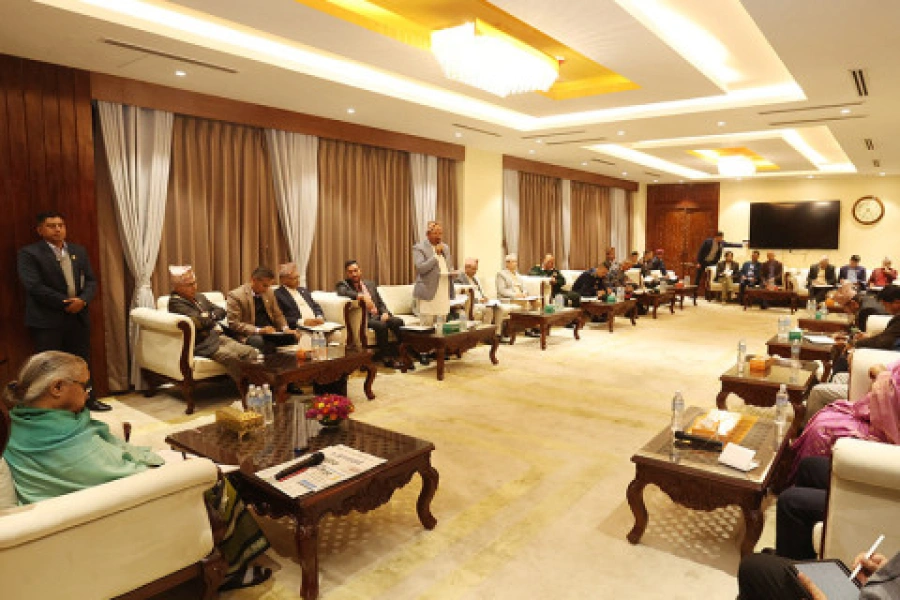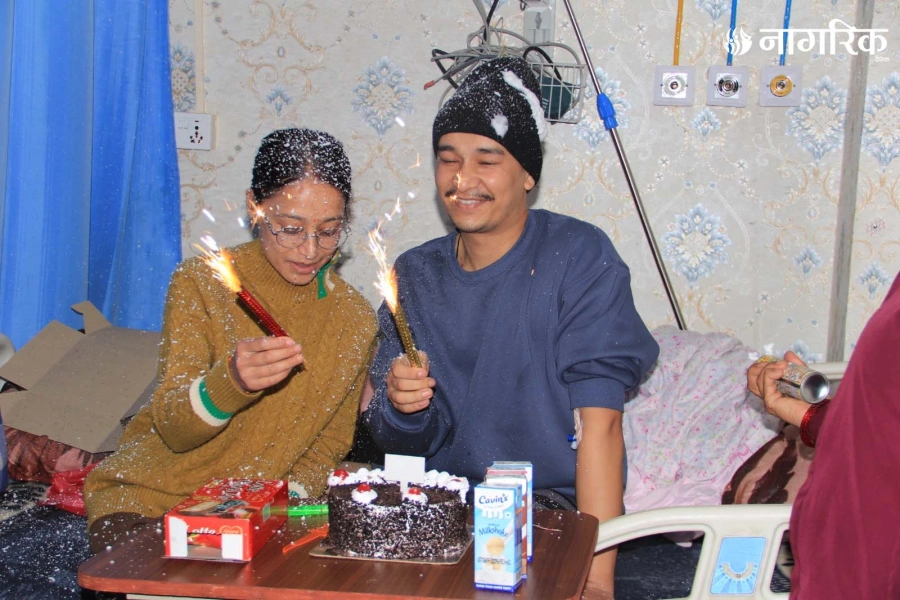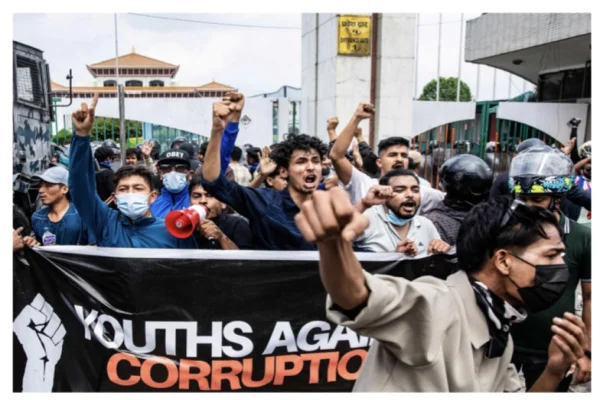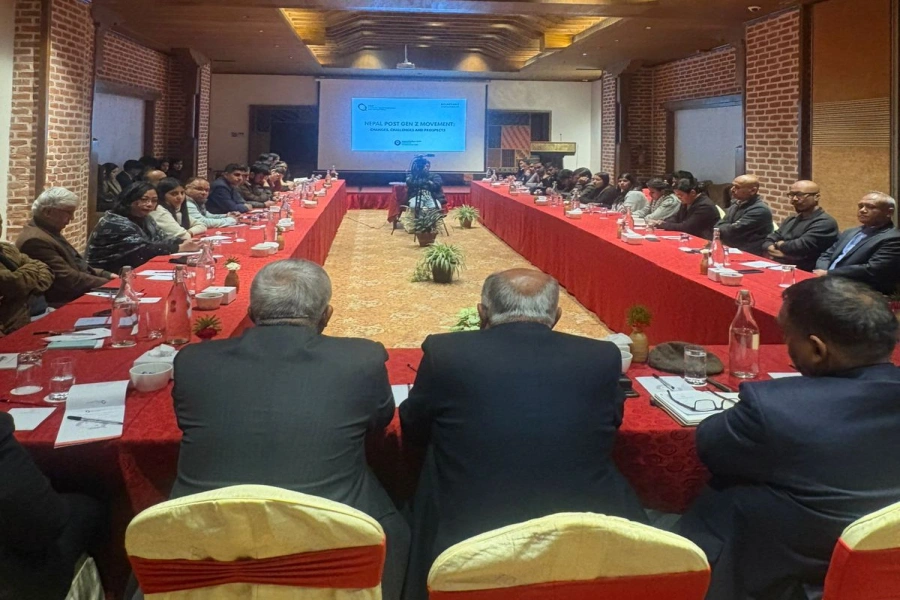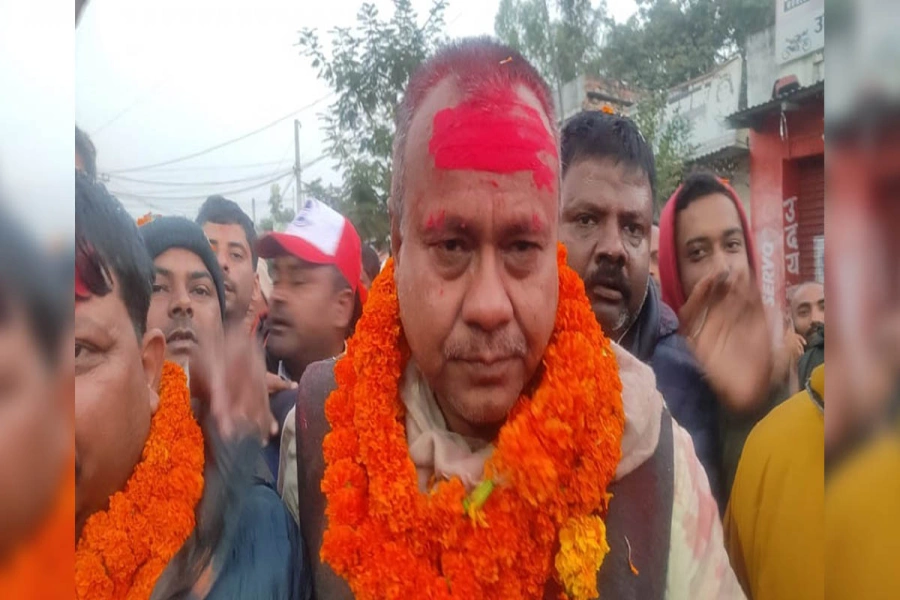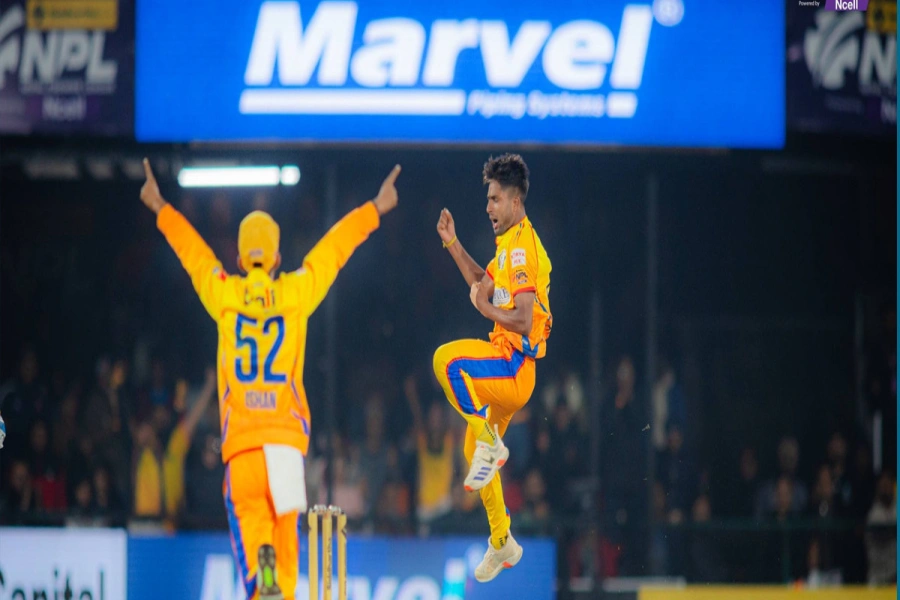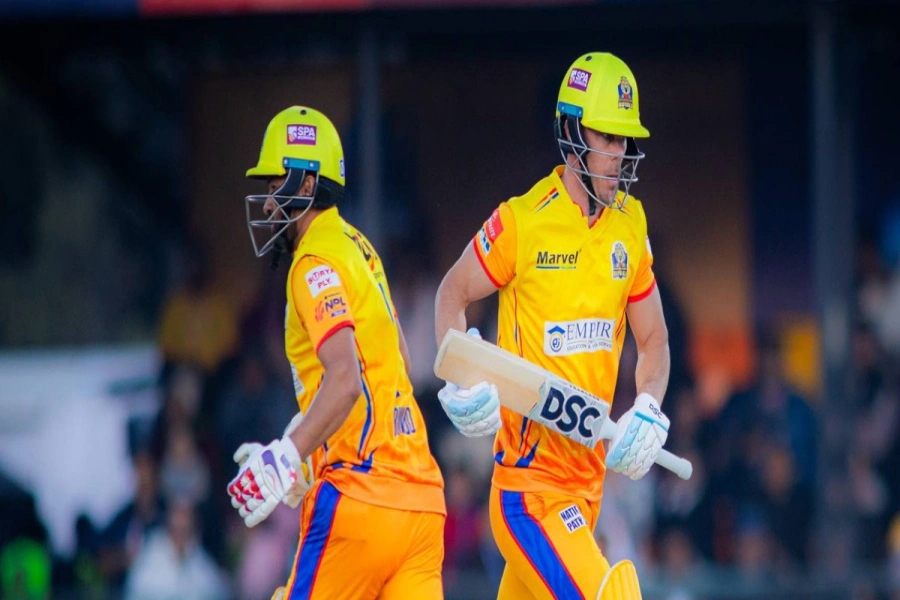The Buddhists believe that Pancha Daan is the biggest form of daan or donation. Buddhists of the Newar community, mainly Shakya, Bajracharya, and Tuladhars, celebrate this festival by donating five essential food grains -- rice grains, unhusked rice grains, salt, money, and pulses -- to the Bajracharya and Shakya priests. This is an annual festival celebrated in Kathmandu, Bhaktapur, Kirtipur, Panga, and other nearby areas.
The priests roam around Buddhist vicinities collecting alms on this day. Similarly, the locals participating in the daan display various traditional artifacts such as paubha and metal statues of Dipankar Buddha, Tara, Avalokiteshvara, and other Buddhas. These artifacts are usually family possessions which are handed down from one generation to the other.
‘Art Evolves: Nepali Modern Art’: Review
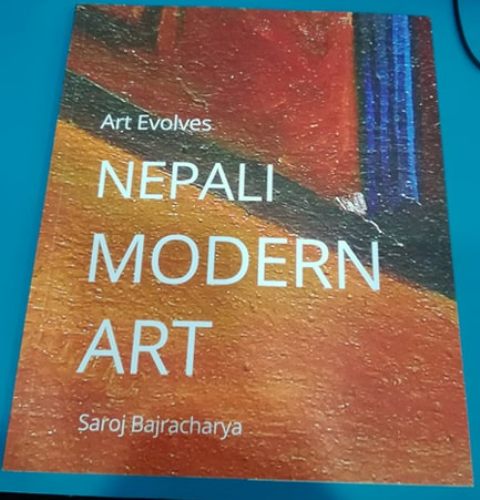
Despite its cultural significance, Pancha Daan's origin is still unknown. However, legends suggest that the festival started during King Sarvananda's reign. According to the myths, the daan was popularized after King Sarvananda made his first donation in remorse for the sins he had committed on his people.
On the contrary, locals also believe that Pancha Daan is a way of following Buddha’s teachings. In his lifetime, Buddha urged his disciples to donate some percent of their earning with a clean heart.



